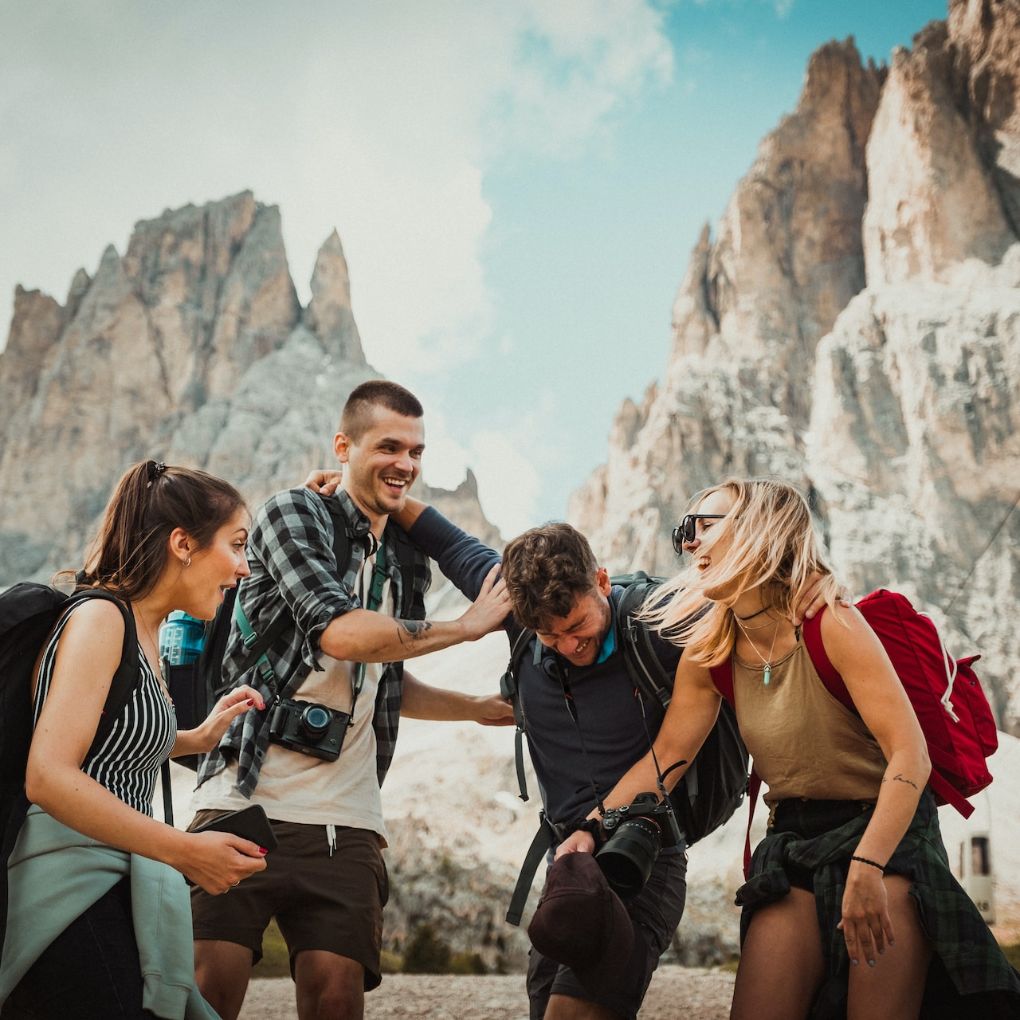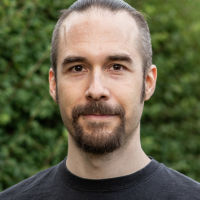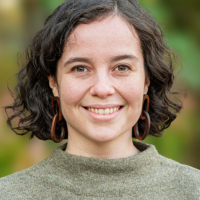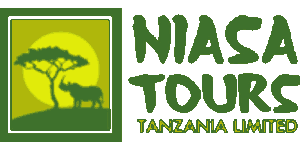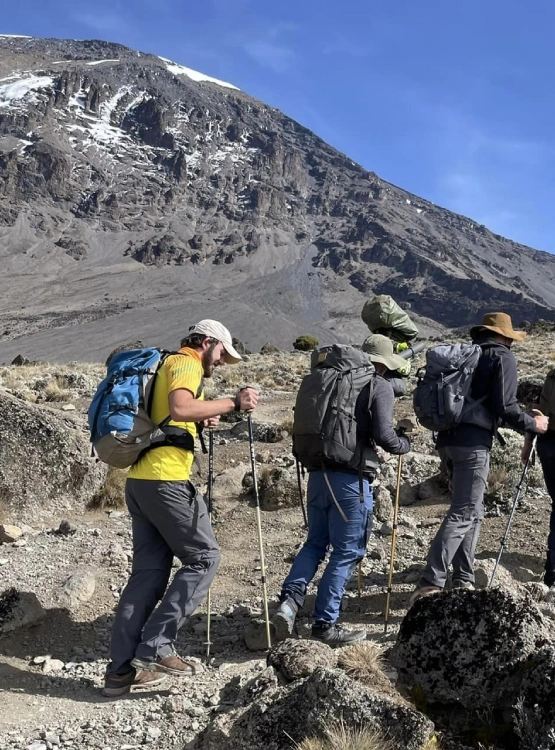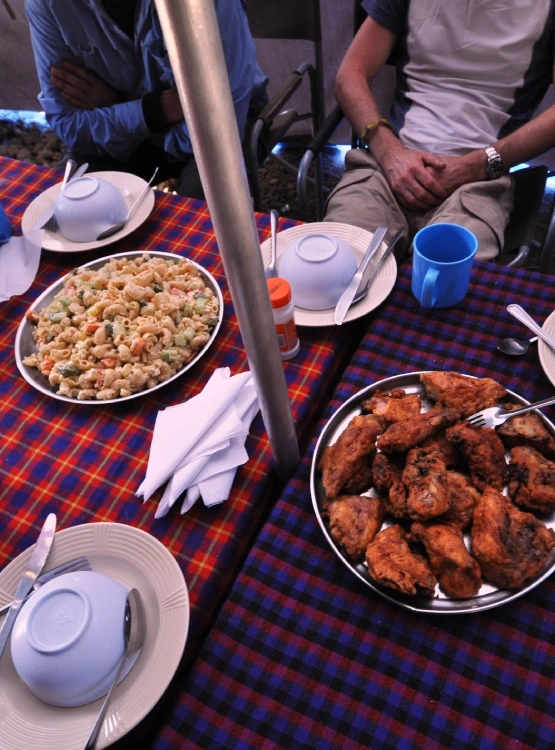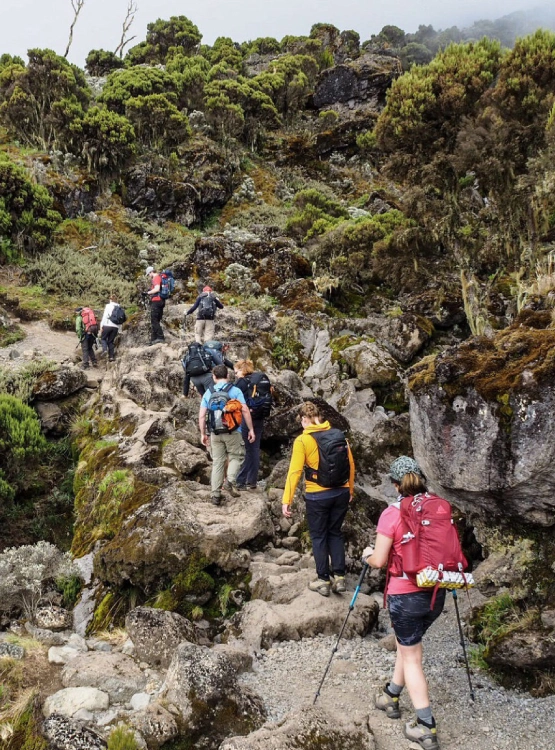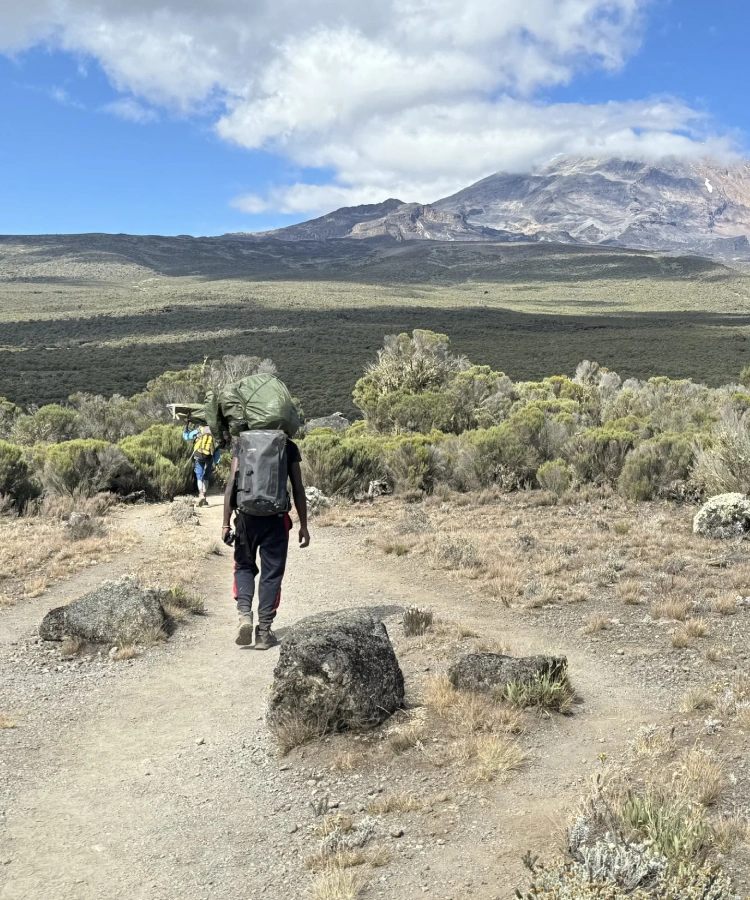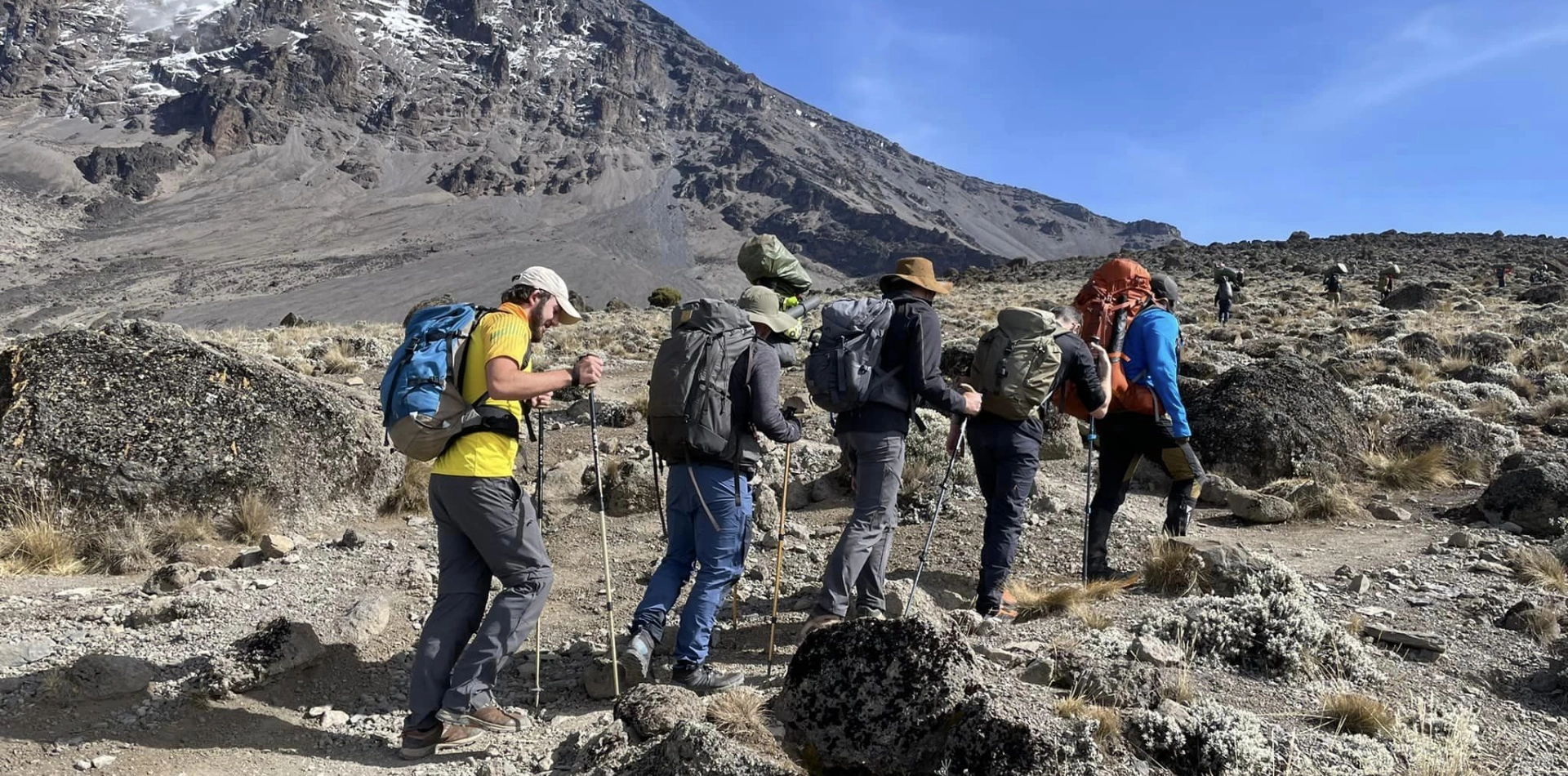
When to Climb Kilimanjaro?
Choose The Right Season for A Successful Kilimanjaro Summit
Mount Kilimanjaro, standing at 5,895 meters (19,341 feet), is the highest peak in Africa and a popular destination for climbers from around the world. Climbing Kilimanjaro is more than a physical journey. To maximize your chances of a successful and enjoyable climb, it’s important to choose the Best Time to Climb Mount Kilimanjaro.
The Best Time to Climb Kilimanjaro is during the warmest and driest times of the year, from December to mid-March and mid-June to the end of October. However, although these are considered to be the best times to climb the mountain in terms of weather, they are also the busiest months. Plan your Kilimanjaro Trek with confidence. This Niasa Tours guide helps you choose the Best Time to Climb Kilimanjaro—balancing clear skies, fewer crowds, and ideal conditions for a safe and successful summit experience. Here we provide valuable insights into the Best Months for Climbing Kilimanjaro with us.
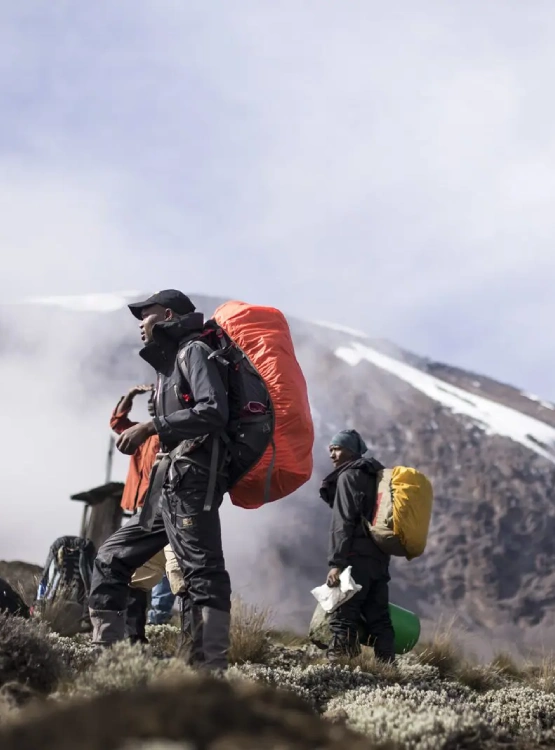
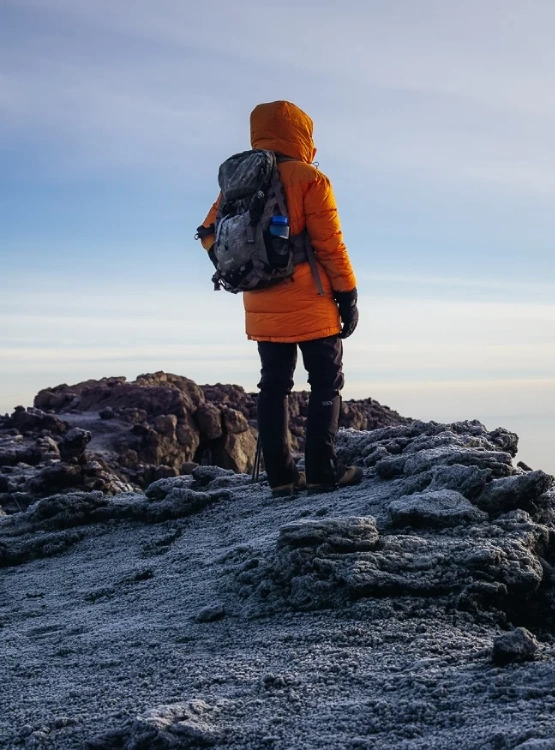
Find The Best Time to Conquer Kilimanjaro’s Majestic Peak
Plan your Kilimanjaro Climb during the ideal season. Clear skies, safer trails, and breathtaking views await when you choose the right time to summit.
Best Months to Climb
Climb during January–March or June–October for dry weather, safer trails, and the highest chance of reaching Kilimanjaro’s summit successfully and comfortably.
Weather by Season
Dry seasons offer clear skies and steady paths. Rainy months bring slippery trails, heavy cloud cover, and increased difficulty—especially in higher zones.
Crowds and Quiet Trails
June–October draws more climbers and busy camps. January–March is quieter, with fewer trekkers. Rainy seasons offer solitude but more challenging, muddy conditions.
Seasonal Beauty
Expect snow-covered peaks in early months and golden landscapes later in the year. Each season offers distinct scenery for unforgettable summit views.
Let’s Explore and Experience
Let’s explore Tanzania together—where every journey is crafted with care, and every moment brings you closer to nature, culture, and adventure. From the Serengeti to Zanzibar, we’re here to guide your unforgettable experience with passion, warmth, and local expertise.
We make it easier for everyone to experience the world
Ready to explore Tanzania’s natural wonders? We’re here to help! Whether you’re planning a once-in-a-lifetime safari or a peaceful nature escape, our team makes travel easy and personal. Reach out today—let’s turn your dream of exploring Tanzania and beyond into reality. We make it easier for everyone to experience the world, one journey at a time. Contact us today!
Need I help? Talk to an Expert
+255767493713 +255690129757
Mountain Climbing FAQs
Discover essential information for climbing Tanzania’s iconic peaks—Mount Kilimanjaro, Mount Ol-Donyo Lengai, and Mount Meru. Learn about the best seasons, difficulty levels, required permits, gear recommendations, and safety tips. Whether you’re a first-time climber or experienced mountaineer, these FAQs provide guidance to help you prepare, stay safe, and make your mountain adventure unforgettable.
Climbing Kilimanjaro is challenging but achievable for fit individuals. It doesn't require technical skills, but altitude and endurance are key factors. Choosing a longer route improves acclimatization and success. Mental preparation, physical fitness, and proper gear make a big difference in your summit experience.
The best times are during dry seasons—January to March and June to October. These months offer clear skies, better trail conditions, and higher success rates. Avoid the rainy seasons for safety and comfort. Early booking is also advised due to route popularity.
Yes, Mount Meru is ideal for acclimatization before Kilimanjaro. It reaches 4,566 meters and offers great altitude training. The trek includes wildlife encounters and scenic ridges, preparing your body for Kilimanjaro’s higher elevation and reducing chances of altitude sickness significantly.
Yes, guided climbs are mandatory for both Kilimanjaro and Mount Meru. Guides ensure your safety, manage logistics, and provide expert support. Their local knowledge enhances your journey. On Mount Meru, park rangers accompany all trekkers due to wildlife presence in the area.
Ol Doinyo Lengai is the only active natrocarbonatite volcano in the world, revered by the Maasai as the “Mountain of God.” The steep climb is rewarded with unique lava flows, spiritual significance, and sunrise views over Lake Natron and the Great Rift Valley.
Altitude sickness can affect anyone above 2,500 meters. Symptoms include headache, nausea, and fatigue. To reduce risk, climb slowly, stay hydrated, and acclimatize properly. Longer itineraries on Kilimanjaro and a Mount Meru pre-climb significantly boost altitude adaptation and summit success.
You’ll need layered clothing, waterproof outerwear, sturdy hiking boots, sleeping gear (for Kilimanjaro and Meru), headlamp, trekking poles, and hydration packs. For Ol Doinyo Lengai, include lightweight but grippy footwear and breathable clothing due to its steep, dusty volcanic terrain.
What Customers Say About Us
